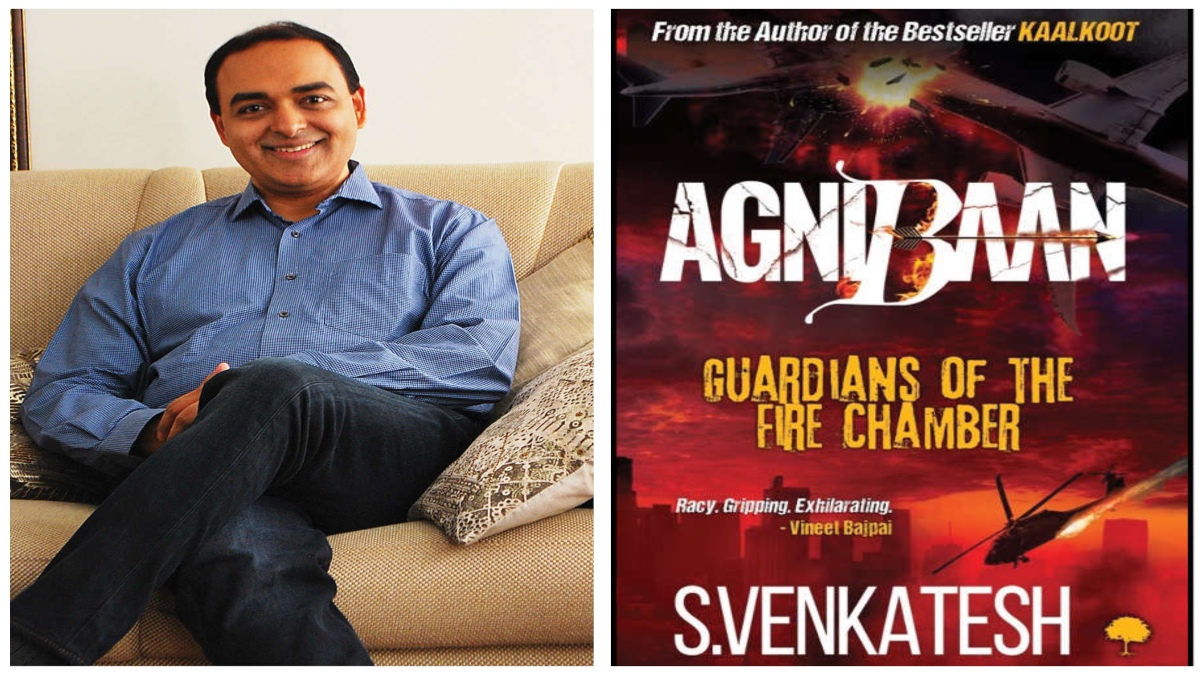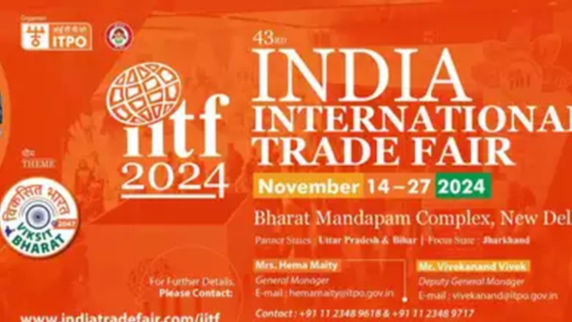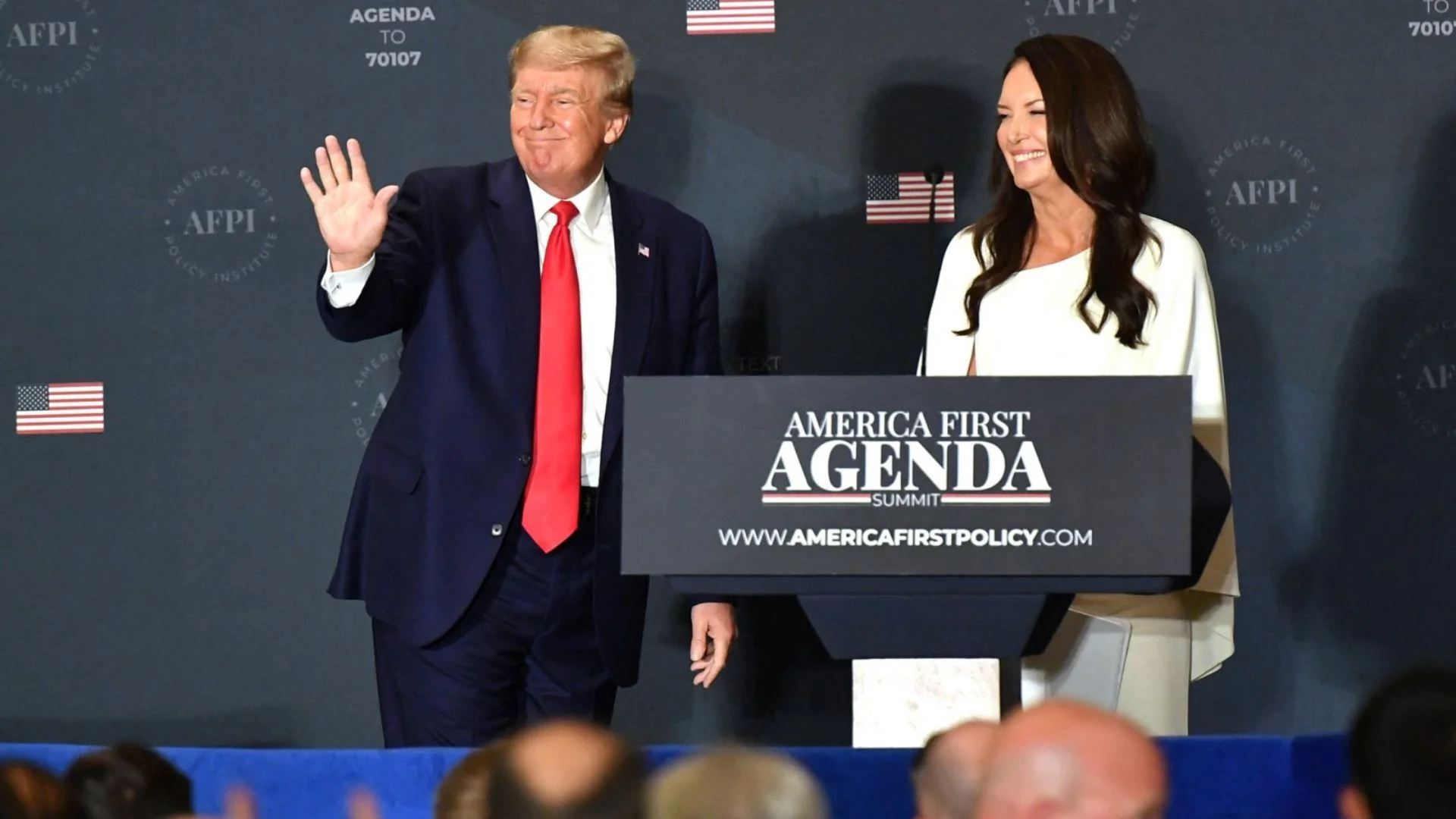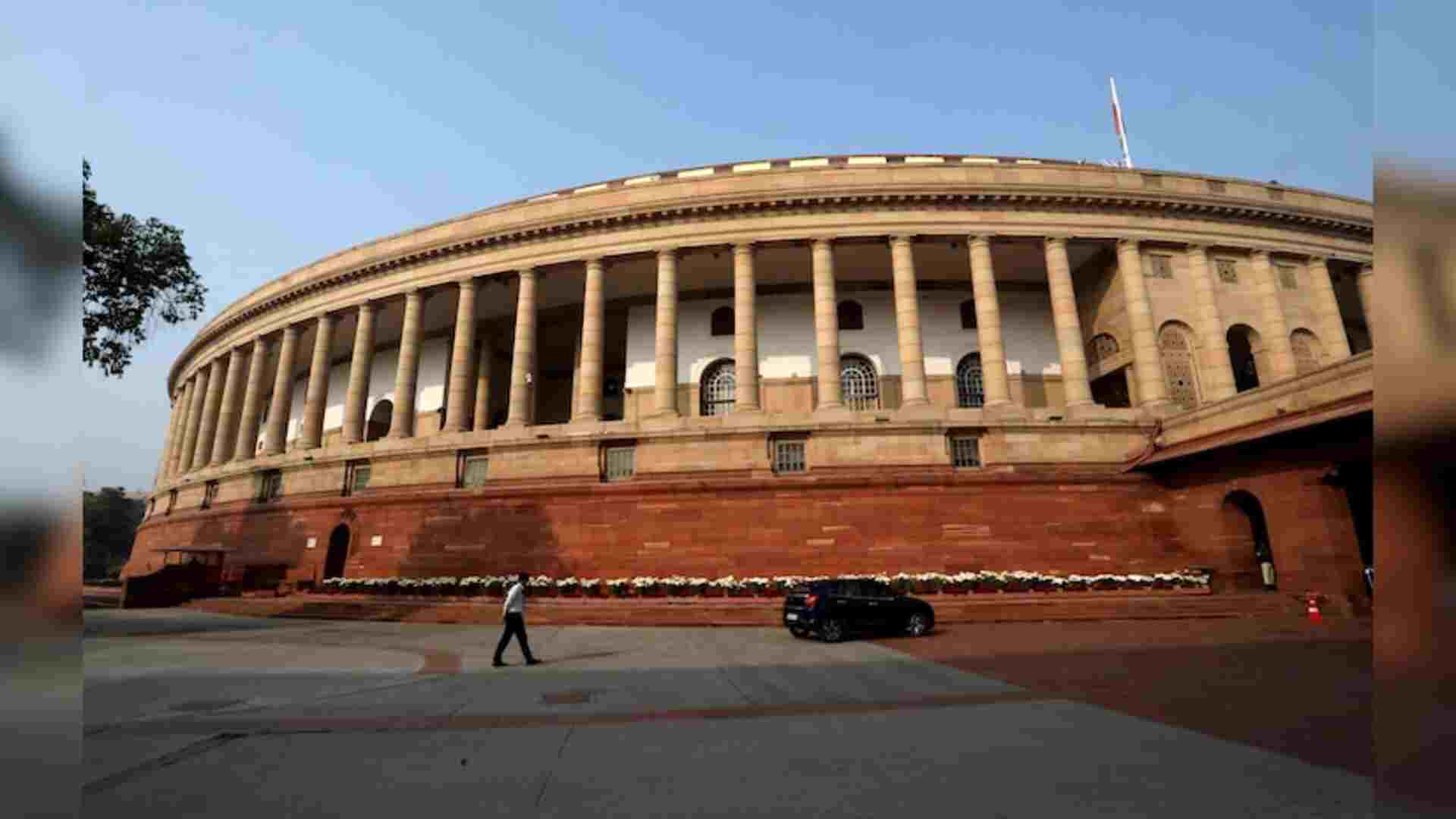
Q. Share a glimpse of your latest book ‘AgniBaan: Guardians of the Fire Chamber’.
A. It has two stories running in parallel. One, set in 535 CE, begins in the Great Pyramid of Egypt and culminates in India, and centres around an ancient mystical connection between the two countries. The other, set in the modern day, is a global conspiracy involving geopolitics, assassinations, electronic warfare, and climate change. Is there a link between the two stories, and how is it connected to a plot that will bring the world to its knees? You need to read the book to find out!
Q. How difficult it has been to juxtapose ancient mythology with present day science and politics?
A. That is one of the main ‘aha’ experiences of writing for me. To be able to connect seemingly disparate events, often tens of centuries apart, and bring it all together in the form of a compelling narrative was one of the high points of writing ‘AgniBaan: Guardians of the Fire Chamber’ (published by TreeShade Books). By way of the process, I spent around 10 months reading and learning extensively about certain topics around science, history, and geopolitics but did not try to force-fit any of these into a plot. Over time, the facts started blending together into a story. I have realised that when the subconscious mind is left free and unfettered, it is able to join the dots much faster and more effectively than the conscious mind.
Q. Tell us about the main characters involved in your story and their role?
A. As I mentioned, ‘AgniBaan’ has two stories running in parallel. The modern story has two protagonists, Dhruv Ralhan and Megha Rao. Dhruv is a commando from an elite secret unit of the Indian Army. He is bold and fearless, but he is on forced leave from the army, the culmination of a dark turmoil that continues to haunt him. Megha is a historian, known for her discovery of an ancient manuscript. She is an empath, someone who embraces life, connects deeply with people, and never gives up on those who are close to her.
The other story, set in 535 CE, has an Egyptian warrior, Aphotep, as its main protagonist. Aphotep is the last surviving member of the Guardians, a group which protects an ancient secret.
As the story progresses, Dhruv and Megha find themselves in the midst of a global geopolitical storm, as an audacious plot hatched by a clandestine organisation threatens to bring the world to its knees. They need to deal with their inner demons and find a link between seemingly unrelated events, even as time is running out.
Q. Can you elucidate on the nature of research work that has been undertaken in the making of this book?
A. The research for ‘AgniBaan’ was quite extensive, involving elements of science, history and geopolitics, and spanning topics as diverse as superconductivity, nuclear reactors, climate change, cryptography, and Indo-Egyptian trade. A lot of the research was concentrated in the first ten months of my work on ‘AgniBaan’ when I read books, academic research, and white papers on these topics, and also spoke to subject-matter experts. During this phase, I did not put pressure on myself to come up with a story. I just allowed my subconscious mind to join the dots and spot patterns. Once the facts started coalescing together into a story that is when I put pen to paper and actually started writing.
Q. What does the word AgniBaan symbolise in your book?
A. AgniBaan means fire arrow. In the book, it is the name of an ancient secret for which wars have been fought over the centuries, for which men have staged the most ruthless massacres. The AgniBaan has a figurative meaning as well, as it represents the balance of the elements, the delicate equilibrium of the universe. It forces us to introspect on how humankind’s excesses have ravaged the planet and disrupted the balance of nature. This is echoed, both in the book and in real life, in the imperative to combat climate change.
Q. How content are you with the response of your first book ‘Kaalkoot: The Lost Himalayan Secret’?
A. One of the most gratifying experiences about writing ‘KaalKoot’ has been to see the love it has received from readers. While getting the bestseller tag has been good, it is infinitely more satisfying to see it resonate with readers up to this day. A few weeks ago, almost three years post-publication, I received an email from a reader at 3 am. He had stayed up finishing the book because he could not put it down!
When ‘KaalKoot’ was published in 2018, one of my objectives, based on my research for the book, was to highlight the dangers the world faces from potential pandemics and biological agents. With ‘AgniBaan’, I hope to stir up introspection among readers about how we are destroying the planet and the urgency with which we need to address climate change. Gauging by the reviews so far for the book, it looks like introspection is happening.
Q. How did you develop a passion for writing?
A. I have nurtured a desire to write since my childhood when I used to bury myself in books from my grandfather’s library. But my writing was limited to school and college forums. After studying at IIT Delhi and IIM Calcutta, I took up a demanding career in the financial markets, with the likes of Credit Suisse, JP Morgan, and Macquarie. During this phase, while the urge to write would surface periodically, it got buried amidst the blur of corporate travel, deadlines, and targets. But my work and extensive travel also gave me a huge reservoir of ideas that I could tap into for inspiration. Over time, I learnt to channelise my passion more effectively and used the time I spent on flights and in airport lounges to retreat into a quiet space in my own mind. That is how I penned my first book ‘KaalKoot’.
Q. With the growing influence of digital media, how do you perceive the future of book reading?
A. A big psychological factor we are all dealing with today is the shortening of attention spans and the increase in the amount of noise around us. We are deluged with information and choices so books compete with Netflix shows, WhatsApp messages, and political debates for attention. But there are positives too. Social media has given readers the tools to share thoughts on books with other readers, and authors now have more avenues to connect with their readers. I do not see book reading suffering per se, though I do see it potentially morphing into different formats to match audience and media preferences.
Q. Tell us something about your upcoming books on which you are working currently?
A. I am working on two books in parallel. One of these is a thriller set against the backdrop of the high-octane, take-no-prisoners world of the Indian stock markets. The other is a thriller that examines the deadly implications of certain recent scientific discoveries and links them to certain ancient secrets.













